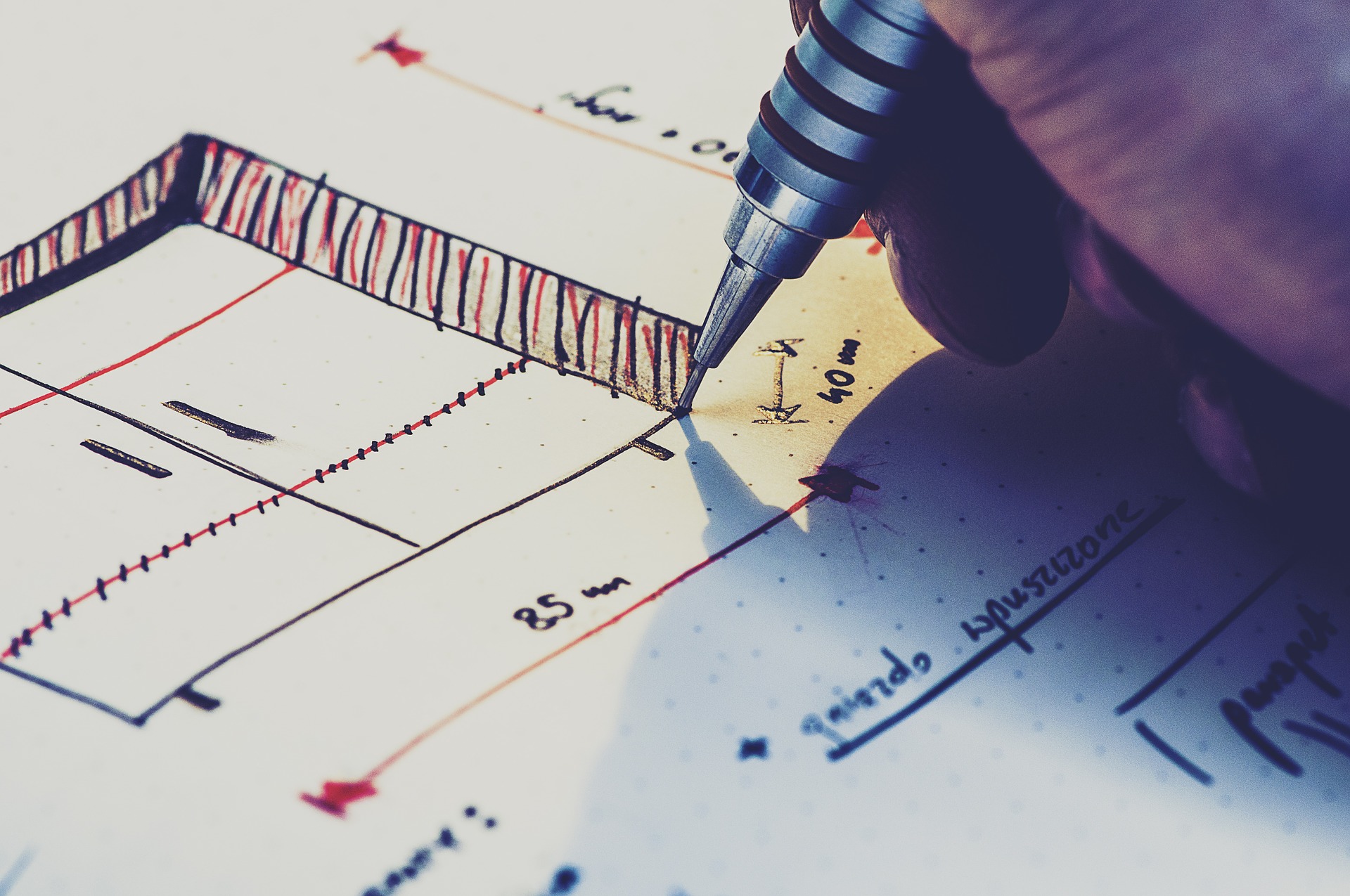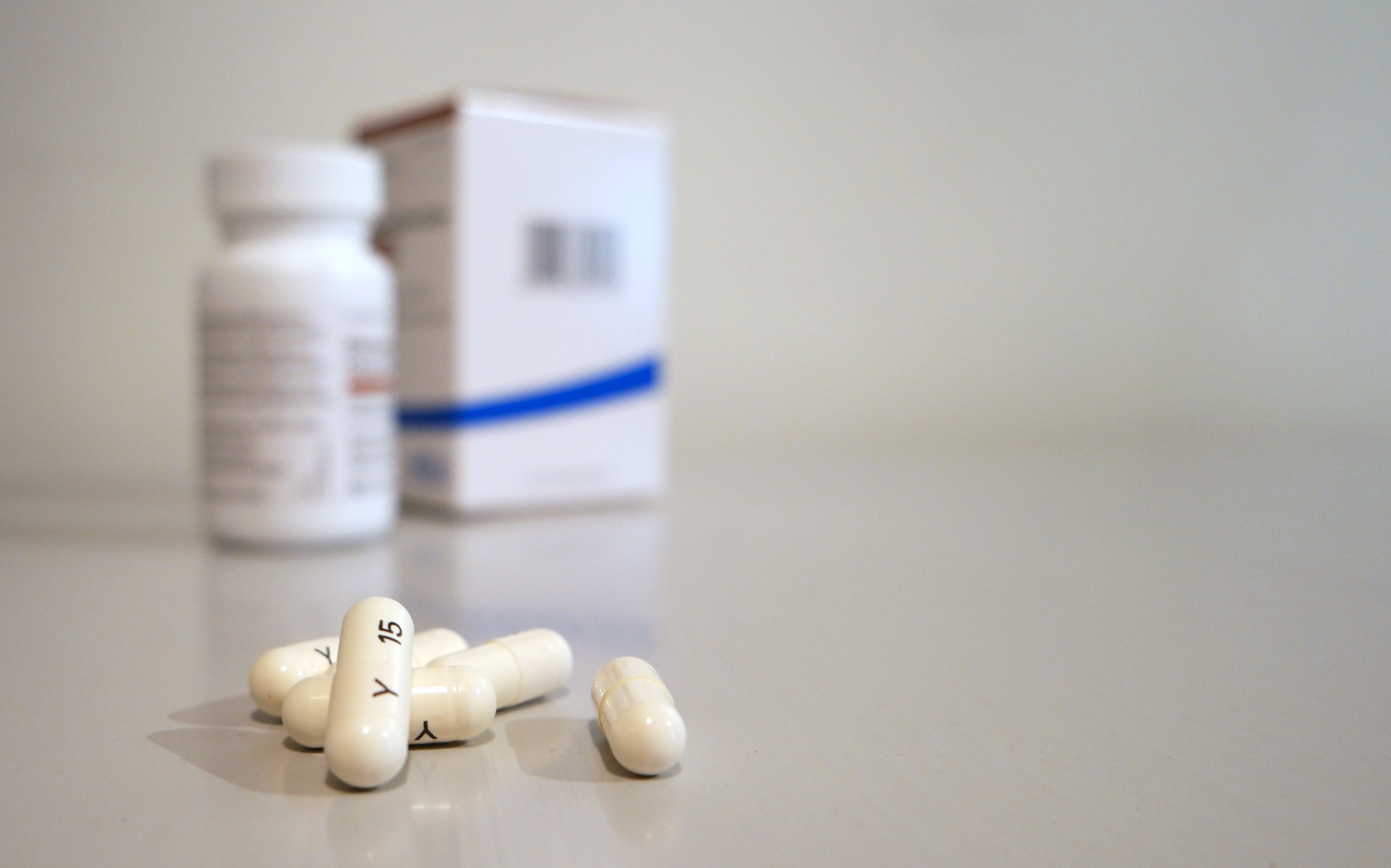There are thousands of people every year who are injured or have suffered damages as a direct result of a defective product. If you are one of those people, it is possible to recover those damages through a product liability claim. However, you need a good understanding of the rules of product liability, to begin the process of filing a claim.
Product Liability
The term product liability means holding a seller or manufacturer liable for placing defective products in the hands of consumers. Both the manufacturers and sellers are a part of the distribution chain for a product. Which means they can both be held responsible when a product causes injury.
What Legally Makes a Product Defective or Dangerous?
There are many products, on the market, that don’t exactly work or could injure someone if not used properly. That means there must be a stricter definition for what makes a product dangerous or defective. The general rule behind this is simple: a product must meet the ordinary expectations of the consumer.
If a product turns out to be unexpectedly dangerous or exhibits a surprising defect, then it is not meeting the ordinary expectations of the consumer. Also notice the use of the word “ordinary”: that protects manufacturers and sellers from unreasonable expectations. Such as an adult being shocked when they cut their finger with a butcher knife.
There are some products that are just naturally unsafe and there is no way to make them safer without seriously compromising their performance. At the same time, the manufacturers of these products are responsible for making sure consumers have enough information to make an informed decision when purchasing and using their products.
Types of Product Defects
Product defects to which liability law applies fall into three different categories:marketing defects,design defects, and manufacturing defects. Marketing defects arise from the way a product is marketed. For example, it may be lacking vital safety warnings, have incomplete instructions, or be incorrectly labeled.
Design defects refer to flaws and issues in a product that are there from the very beginning. These defects are inadvertently built in to the very design of the product. A car that has a tendency to flip on its side when turning a tight corner is an excellent example of this type of defect. Another example is an electric blanket that can shock the user when turned onto the high setting.
Finally, there may be manufacturing defects. These defects occur when a product is either being manufactured or assembled from its parts. For example, suppose a moped is sold with missing brake pads, or a children’s playset is sold with a weight-bearing support that is cracked. These are good examples of manufacturing defects.
Product Liability Law
Product liability law refers to the legal rules established for determining who is responsible when a product proves to be defective or dangerous. Note that there is no such thing as federal liability law. Laws dealing with liability are state-based and therefore can vary from state to state. Included in each state’s liability laws are a set of commercial statues that contain warranty rules. These warranty rules are used to establish product liability and are modeled after the Uniform Commercial Code.
Who Is Responsible When a Product is Defective?
Anyone in a defective product’s chain of distribution could be held liable:
- The retail store that sold the product
- The wholesaler
- The manufacturer of the product
- The party that assembles the product or installs the product
- he manufacturer of the product’s components
Burden of Proof in a Liability Case
There are some interesting paths that a product liability claim can take in court. In many cases, it is up to the plaintiff (the person who was injured by a defective product) to prove that the defendant was negligent. In some cases, strict liability may apply and when it does, then the plaintiff only has to proof that the product was defective, not that the defendant was negligent.
One of the concepts or doctrines behind liability law is “res ispsa loquitur,” or “the thing speaks for itself.” What that means is the defect would not exist if someone had not been negligent. If that doctrine can be invoked, then the burden of proof shifts to the defendant. Now the defendant must prove to the court that that they were not negligent.
Most Common Defenses in Product Liability Claims
The plaintiff is responsible for connecting the product that causes injury with the parties responsible for manufacturing and/or selling the product. There is one exception, however, which is known as “market share liability”. This applies to medications found to be defective. Another common line of defense in product liability cases is that the plaintiff modified the product in some way that caused the injury or used the product in some way that it was not supposed to be used.
The US has laws in place to protect consumers from faulty products. Defective products still find their way into the hands of consumers, but each state has product liability laws in place. Helping consumers recover damages resulting from these faulty products. Consumers are well protected under these laws, and they tend to favor the plaintiff more than the defendant when compared to other types of litigation.
Contact Sacchetta & Baldino Today!
Have you or someone you know been injured as a result of a defective product? Then there is a good chance that you have a right to recover damages through a product liability claim. At Sacchetta & Baldino, we specialize in personal injury claims related to negligence, and that includes product liability. Contact our office today to arrange for an opportunity for a member of our team to speak with you about your case!






